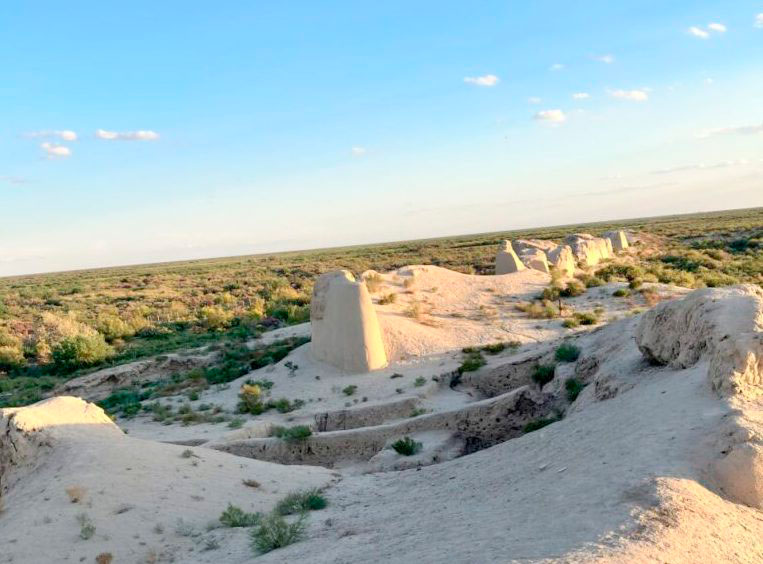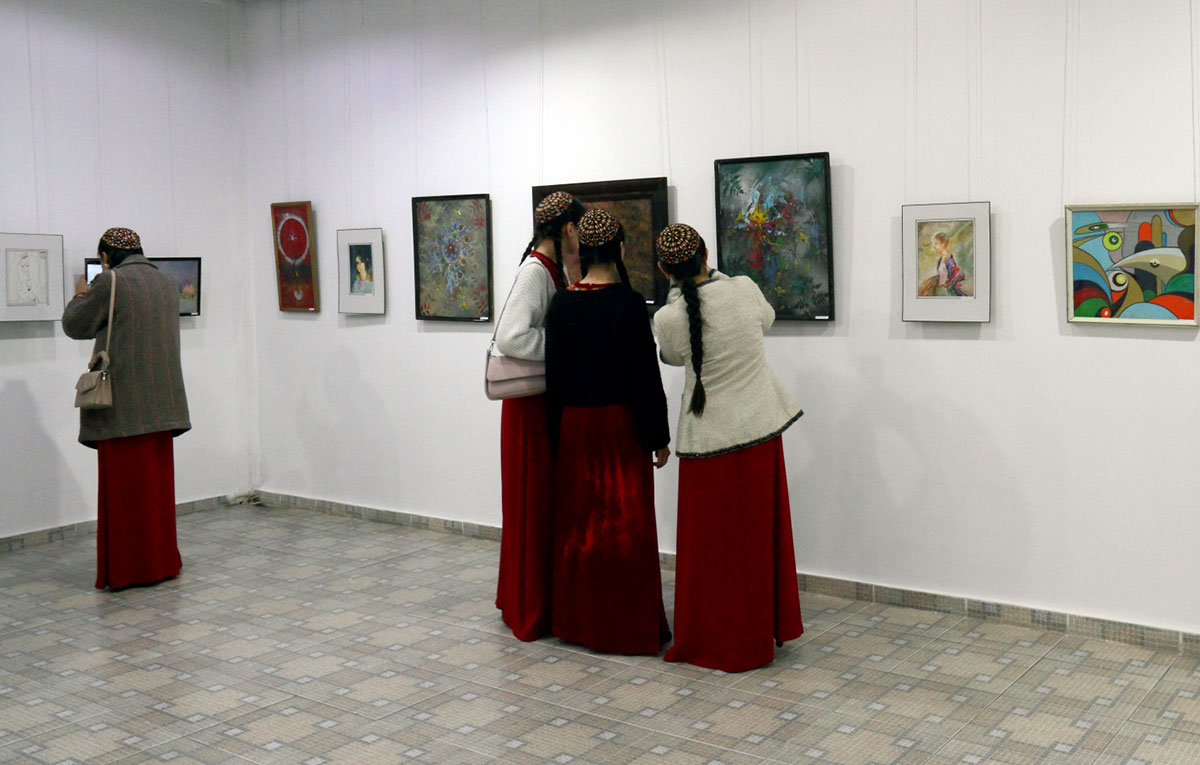A cult vessel, a double-sided stone amulet, more than ten seals, and other interesting finds were discovered during the autumn fieldwork season of the Turkmen-Russian Margiana Archaeological Expedition at the ancient settlement of Gonur-depe.
The main excavation efforts focused on determining the boundaries of the satellite settlement Gonur 20, located near the central palace-temple complex of Gonur-depe.
11 seals were found during the study of children's burials, including one stone seal depicting a four-pointed star with serrated edges, inscribed with a four-petaled flower. On the reverse side of the seal, there is a scratched quadrilateral located at the base of the rays.
Another particularly valuable find is a round seal depicting two bird griffins with spread wings, touching beaks, feet and chests. The eyes, crests and wattles resembling those of roosters are clearly visible on each griffin's head. Behind one griffin is a crescent moon, and behind the other are three dots likely symbolizing stars.
If experts in the history of astronomy confirm that the image on the seal can be interpreted as one of the constellations, this find will become the first and oldest in Turkmenistan to depict not only the sun and moon but also other astronomical objects.
The collection of Gonur seals includes more than 350 specimens of varying preservation. Some are tiny fragments. The rarest are cylindrical seals; previously, only five were known at Gonur. During the spring excavation season of 2024, a sixth was found. It depicts three fantastical animals: two horned ungulates and one predator. The base of the item is finely carved with images of two scorpions placed head-to-tail.
Among the autumn season's finds is a double-sided stone amulet made of talc chlorite. One side depicts a winged griffin with an open mouth, whose wings extend to the sides of the amulet; on the other side is a bull, whose tail and tongue are represented by snakes with open mouths.
A ritual vessel resembling those found in Gonur sanctuaries and other Margiana archaeological sites was found in a burial containing a ram. Terracotta animal figures adorned its rim, while snake-like appliqués emerged from its inner walls. According to V. Sarianidi, such vessels were used for the ritual drink Soma-Haoma and symbolized the Zoroastrian myth of Vourukasha Oasis.
However, this season's vessel is distinguished by strange small creatures resembling leeches attached to its bottom, marking their first discovery in Margiana.
In one shallow pit excavation, an equid skull was found, whose size suggests it may belong to either a horse or a kulan but not a donkey—a point of interest for archaeozoologists.
Previously, bone fragments from eight horses were found at Gonur. If specialists confirm these remains indeed belong to horses—especially given the good preservation of the skull with teeth—it will provide additional evidence for horse existence and potential early domestication in southern Turkmenistan during the Bronze Age. Considering that Gonur 20 dates back to around 3000-2000 BCE, this would also confirm an early center for horse domestication in southern Central Asia.
Field research was complemented by work with museum collections at the Historical and Local Lore Museum in Mary, the State Museum and the Museum of Fine Arts in Ashgabat.
During this autumn season's work by the Turkmen-Russian Margiana Archaeological Expedition, specialists from the State Museum of Fine Arts named after A.S. Pushkin joined, including Deputy Director I.A. Doronchenkova and Assyriologist G.G. Kolganova. This collaboration was made possible by museum support for an initiative to hold an exhibition of Ancient Margiana finds in Russia.
Colleagues familiarized themselves with collections and held discussions with museum leadership, Ambassador Extraordinary and Plenipotentiary of the Russian Federation to Turkmenistan I.K. Volynkin and other diplomats, as well as with the head of Turkmenistan's National Directorate for Studying, Preserving, and Restoring Historical and Cultural Monuments. As a result, a general concept for an exhibition and its preparation plan were developed. The possibility of organizing this event in 2027 is being discussed.








